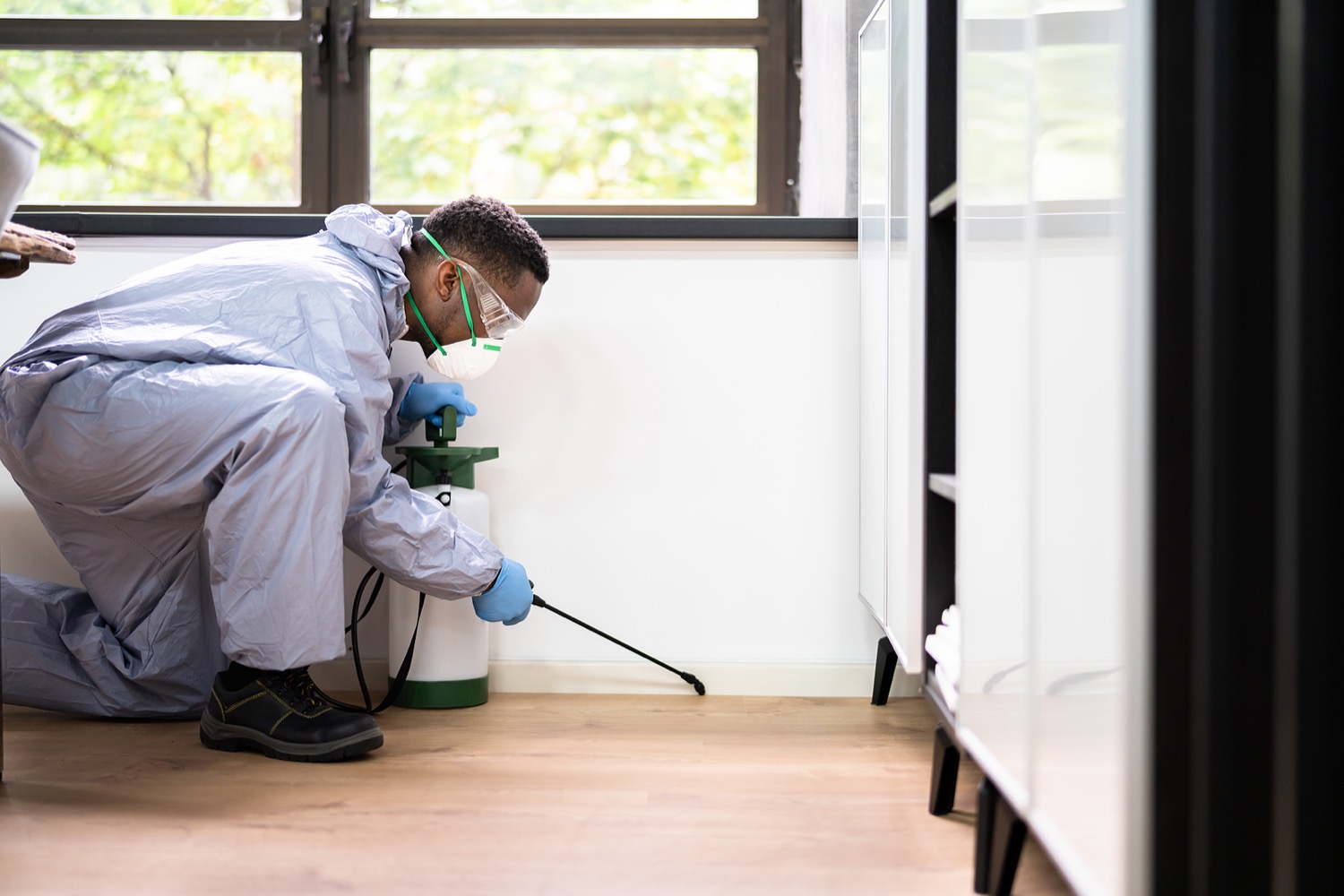Bed Insect Therapy Malfunction: Contrasting Chemical Vs. Non-Chemical Solutions
In the realm of bug control, particularly when handling the relentless issue of bed pests, the choice between chemical and non-chemical treatment services can be a pivotal one. Both methods offer unique benefits and downsides, influencing factors such as efficiency, security factors to consider, and total expense. By taking a look at the nuanced information of each approach, a more clear understanding of which course to pursue in resolving a bed bug invasion can be acquired.
Efficiency of Chemical Treatments
Chemical treatments for bed pest invasions have been commonly recognized for their powerful and quick efficacy in eliminating these pests. When thinking about the efficiency of chemical treatments, it is crucial to recognize that they can offer a detailed and quick remedy to a bed pest issue.
Additionally, chemical treatments have the benefit of providing recurring impacts, implying that they can continue to eliminate bed pests even after the first application. This recurring action is specifically beneficial in combating any type of potential re-infestations. Additionally, the rapid activity of chemical treatments can bring alleviation to individuals dealing with severe bed insect infestations, allowing them to reclaim control of their space promptly.
Security Worry About Chemical Solutions
When utilizing chemical services for bed bug therapy is making sure the safety and security of passengers and the setting,One crucial facet that requires cautious consideration. While chemical therapies can be reliable in getting rid of bed insects, they may present threats otherwise taken care of properly. Among the primary security worry about chemical options is the potential harm they can trigger to human wellness. Direct exposure to specific chemicals made use of in bed insect therapies can cause breathing problems, skin inflammation, or various other negative reactions, especially in individuals with pre-existing problems or level of sensitivities. In addition, incorrect application or dosage of chemical pesticides can result in harmful residues sticking around in the cured area, positioning lasting wellness dangers to passengers.
In addition, the ecological effect of chemical solutions is one more significant factor to consider. Some pesticides utilized in bed bug treatments might be damaging to advantageous pests, wild animals, and ecosystems if they leach right into the dirt or water systems. It is necessary to make use of chemical therapies deliberately, following security guidelines, and considering less poisonous alternatives to alleviate these threats and ensure the secure and efficient monitoring of bed pest problems.
Advantages of Non-Chemical Techniques
Thinking about the possible safety problems and ecological impact linked with chemical solutions for bed insect treatment, checking out non-chemical techniques offers an encouraging option with a number of unique benefits. Non-chemical therapies are eco friendly, as anonymous they do not contribute to air or water air pollution, making them a sustainable choice for pest control.
Furthermore, non-chemical remedies can be efficient in targeting bed pests, consisting of hard-to-reach areas where chemical therapies might not penetrate. Methods such as warmth therapy, vacuuming, steam cleansing, and bed mattress encasements offer comprehensive removal without using damaging chemicals. Moreover, non-chemical techniques can be much less turbulent, needing marginal prep work and enabling for quicker reentry right into treated areas. In general, choosing non-chemical bed bug therapy approaches not only prioritizes safety and ecological security however likewise makes sure efficient and thorough pest control.
Limitations of Non-Chemical Treatments

Furthermore, non-chemical treatments often need several applications to achieve successful eradication. This can be taxing and may not constantly assure full removal of all bed insects and their eggs, specifically in hard-to-reach or concealed areas.
In addition, the success of non-chemical therapies greatly relies upon appropriate application and thoroughness, which can be challenging for individuals without professional experience. Inadequate application of non-chemical techniques might result in insufficient eradication, causing relentless invasions and the need for added therapies.
Therefore, while non-chemical treatments have their benefits, it is necessary to recognize these constraints and consider them when determining the most reliable technique for handling bed pest problems.
Cost Comparison: Chemical Vs. Non-Chemical Options
Provided the constraints associated with non-chemical therapies, an essential facet to assess in the context of bed insect management is the price contrast in between chemical and non-chemical choices. In comparison, non-chemical therapies like warm treatment or heavy steam can be more expensive, with prices varying from $1,000 to $6,000 for a whole home. While the initial cost of chemical treatments may appear lower, numerous treatments might be required to completely eradicate the problem, potentially boosting the general price.
Verdict

Considering the prospective security concerns and environmental influence connected with chemical options for bed insect treatment, discovering non-chemical techniques presents an encouraging choice with a number of unique advantages.Offered the constraints linked with non-chemical therapies, an essential facet to examine in the context of bed pest administration is the price contrast between chemical and non-chemical choices. In contrast, non-chemical therapies like warm treatment or steam can be a lot more costly, with prices ranging from $1,000 to $6,000 for an entire home. While the first price of chemical treatments might seem reduced, numerous therapies might be needed to totally eradicate the problem, possibly boosting the overall cost.In conclusion, when contrasting chemical and non-chemical bed insect treatment choices, it is necessary to think about performance, safety, benefits, constraints, and expense.